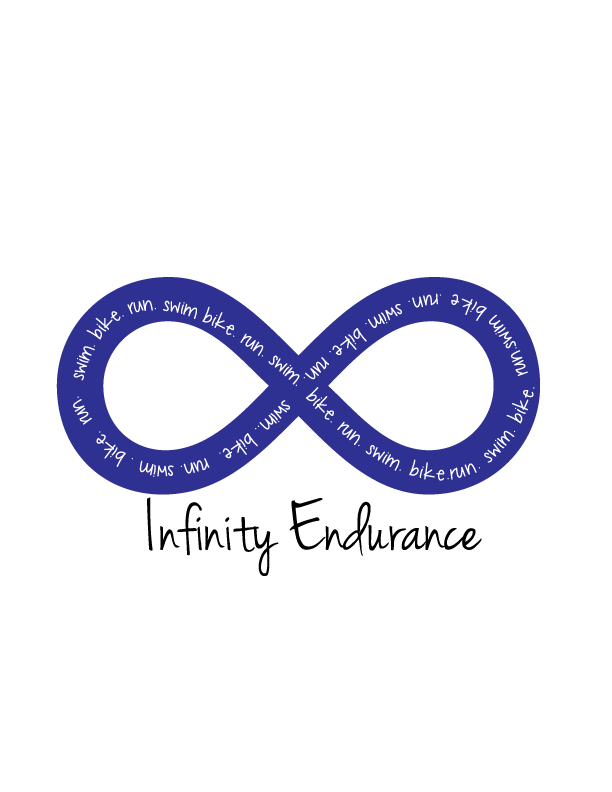If you’re interested in joining a gym this month (or you’re trying to make the most out of your new membership), here are some tips to help you keep it up all year long.
- Take advantage of new member benefits. Many gyms have special promotions, especially in January, to attract new members, such as free personal training or health assessments. Find out what’s included with your membership and take advantage of it all! A good personal trainer will help you assess your fitness level and show you some workouts that are right for you. If you aren’t interested in using the benefits after your trial, that’s okay too! Just let your trainer know up front what your goals are for the number of sessions you have, be it to learn to use equipment or figure out a new routine. If you end up signing up for services after a trial, even better! It can help motivate you to keep up your fitness routine.
- Make a plan and write it down. Figure out how many times you can realistically get to the gym each week, and plan ahead for which days you’ll go. Then stick with it! It may take a month or more for the gym to become a regular part of your routine, but once it is, we think you’ll find it hard to stop going. It may also help to think of it in terms of how much you’re paying per gym sessions if you go a certain number of times each month, e.g. your $50 membership means it costs $4/session if you go three times a week, or $6/session if you go twice a week, etc.
- Find a class you love. Many gyms offer free classes with your membership, so take some time to explore what classes they offer and find one you love! Whether it’s kickboxing, zumba, or spinning, there’s sure to be something that makes you feel great, or an instructor that you find especially encouraging. Make sure you introduce yourself to the instructor, this will help you build your fitness community and keep you connected to others with similar goals.
- Reward yourself. If there’s a day when you’re having to really talk up the gym to yourself, try and find something you’re okay only having post-workout. Whether there’s a particular smoothie shop on the way home or a way to indulge yourself a little at home, tell yourself you can’t have it unless you go to the gym for a little extra motivation. Just make sure it’s something still somewhat healthy.
- Don’t overdo it. Everyone has their limits, and if you’re just starting a new fitness regimen, you’ll need to find yours. Give yourself rest days when you need them, and take the time to work up to running longer distances or lifting heavier weights. You can always work your way up to doing more, but injuring yourself will only set you back.
- Work on eating healthy too. Working out and eating healthy go hand in hand for making you healthier overall, so pair the two together. The trick is to create a sustainable plan. So rather than cutting out something you love altogether, work on limiting certain foods or plan healthy meals to help you make the most of your new fitness plan. Make small changes to your diet like drinking more water. As you feel better, you'll want to make other changes too.
- Ask questions and make friends. There's no shame in being the new kid in class, everyone has been there. Learn through observation and ask questions of the staff and other members. Most people enjoy the feeling of importance when others ask for help. You might earn a training buddy by breaking the ice too!
- Dress appropriately. Keep it simple. Clothing should not be too loose and hair should be tied up to keep it from getting caught in machines. Avoid excessive make up and cologne. If you're just getting started, consider purchasing an outfit that makes you feel comfortable and confident, we all like to look good!
- Leave it the way you found it. Sounds like something your mom would say. Carry a towel to wipe equipment when you're done. Return weights to the rack after your set.
- Keep going. Don't give up! Try different equipment, classes, times of day. Keep your goals in mind and find the positive in your workouts.
Try as many tips as you can, and let me know how you do!



















